The long-awaited Ethereum Merge is just around the corner. Come Sept. 15 (give or take), we will witness a radical shift in the technological underpinnings of the world’s second-most popular cryptocurrency.
The Merge could be a major milestone in the history of crypto, as it will make Ethereum greener by lowering its massive electricity requirements by more than 99%. Besides being environmentally more sustainable, the move will also set the stage for many important optimizations. Its impact on the broader ecosystem is also likely to be substantial, considering Ethereum continues to be the go-to platform for major DApp, NFT, and DeFi projects.
We hope that this guide will help you catch up with all the interesting facts about the Ethereum Merge.
In this guide:
- Ethereum’s scalability trilemma explained
- What is the Ethereum Merge?
- Ethereum Merge: the backdrop
- Ethereum Merge: the good and the bad
- Will Ethereum Merge influence the ETH price?
- What to consider before The Merge?
- Here’s how you can prepare for The Merge
- Don’t panic and be watchful
- Frequently asked questions
Ethereum’s scalability trilemma explained
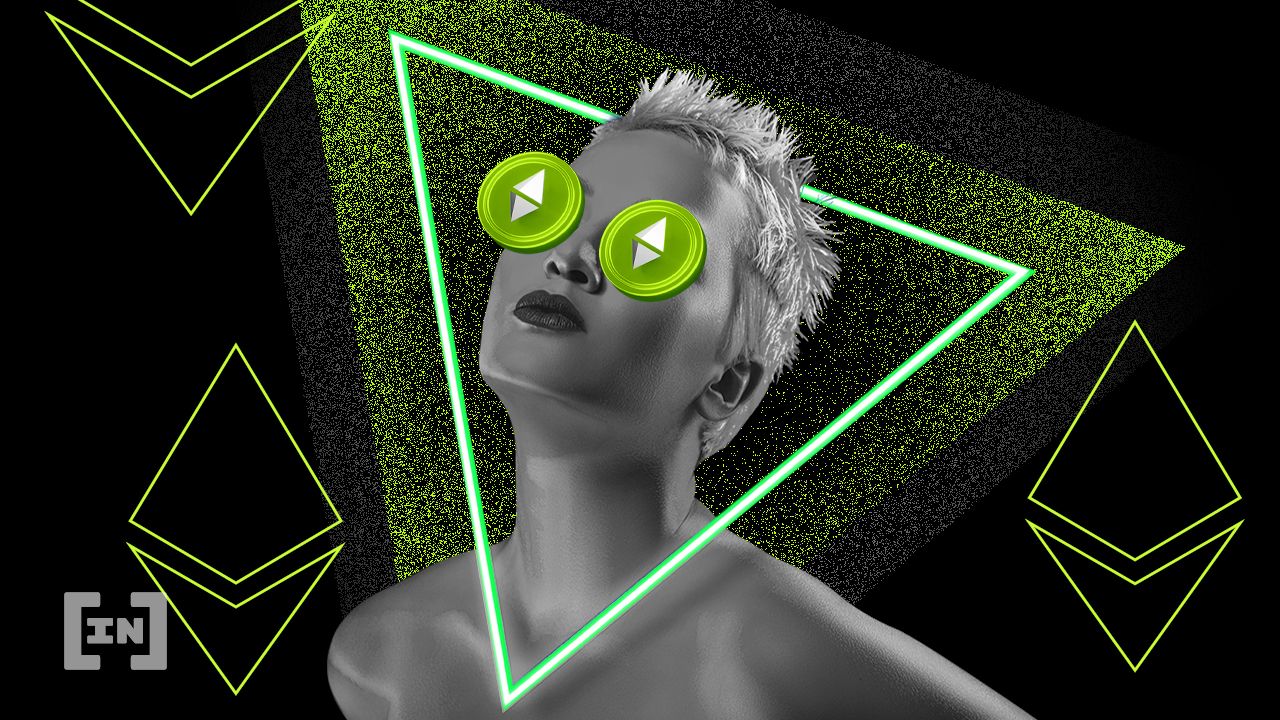
The scalability trilemma is perhaps the most critical problem in the blockchain space that remains unsolved even today. It was first highlighted by Vitalik Buterin and Trent McConaghy.
SponsoredBasically, the “trilemma” refers to the ever-looming problem that any blockchain wherein each node is required to validate each transaction can have only two of the following three properties simultaneously.
- Decentralization: It enables a blockchain network to operate independently of any centralized point of control.
- Scalability: It is the ability of a blockchain network to handle a growing number of transactions and users without faltering by increasing transaction time and fees.
- Security: It refers to the ability of a blockchain network to defend itself against any attack, bug, or other similar unforeseen issues.
The Ethereum Merge aims to tackle the blockchain trilemma issue by increasing the blockchain’s scalability without compromising on decentralization (or security). More on that in the following segment.
What is the Ethereum Merge?
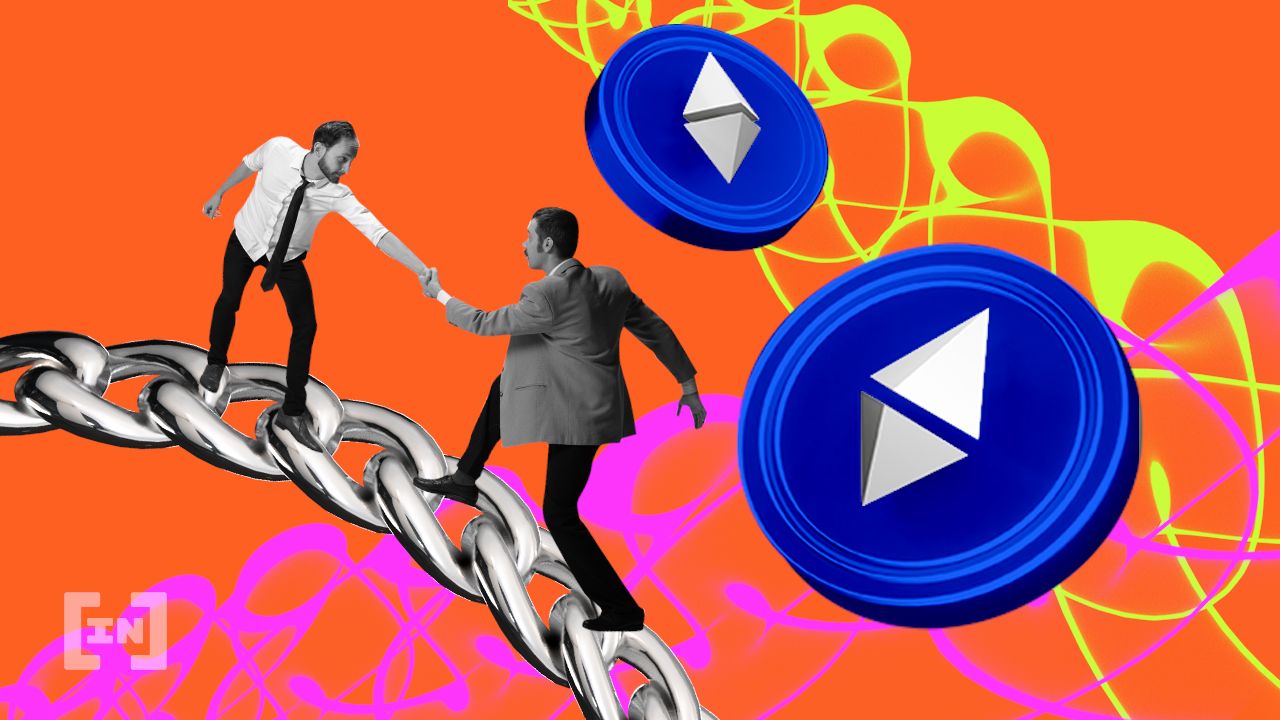
The Ethereum Foundation calls The Merge an upgrade that will merge the Ethereum Mainnet with the Beacon Chain. By doing so, it will switch from the proof-of-work (PoW) to the proof-of-stake (PoS) consensus mechanism.
For those out of the loop, here is a simpler way to put it. The Merge is an upgrade that will involve the Ethereum network, ditching traditional mining. As a result, Ethereum will no longer need miners, or users with powerful computers, to solve complicated math puzzles to secure the network and create new coins. Instead, it will switch to the PoS consensus mechanism that will involve ether (ETH) owners staking their coins to become validators.
Here’s a detailed guide explaining PoW and PoS for those not familiar with the underlying concepts.
PoS to the rescue
Basically, Ethereum is betting on the power of PoS to overcome the blockchain trilemma discussed in the previous segment. That’s because PoS significantly lowers the barrier to entry for users to become validators on the network. This is almost the polar opposite of mining, where you require expensive hardware to mine and power the network. After The Merge, users will be able to stake their ETH to become validators who create new blocks on the chain and process transactions.
Note that the switch to PoS will also have a major impact on Ethereum’s carbon footprint. Following The Merge, Ethereum will become a lot greener, leaving Bitcoin as the only major blockchain network still using PoW.
In fact, the Ethereum Foundation estimates that The Merge will reduce the network’s energy consumption by a whopping 99.95%. Subsequently, the NFT industry will also be able to finally dodge all the criticism surrounding its impact on the environment.
In addition, The Merge will also be the first of many major upgrades that will aim to make Ethereum more scalable.
Ethereum Merge: the backdrop
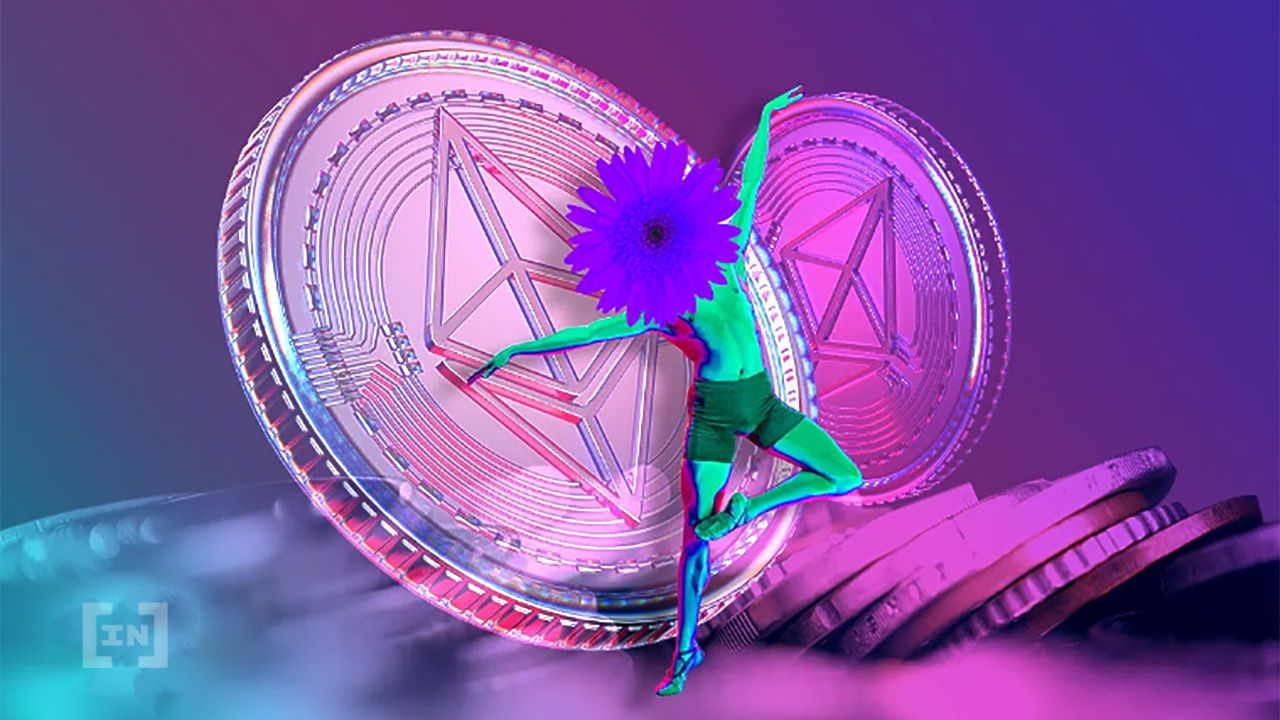
Currently, every Ethereum transaction and smart contract is recorded on the Mainnet. For the uninitiated, the Mainnet, launched in July 2015, is the main public Ethereum blockchain, also called “layer 1.” Here, block verification operates on the same principles as Bitcoin, i.e., it is based on the PoW consensus mechanism.
Sponsored SponsoredIt means that miners are participants in the blockchain that provide their resources, such as computing power (CPU), to participate in updating the list of blocks and the transactions they contain. The main advantages of PoW include a high level of security and good decentralization performance.
On the other hand, PoW requires a lot of electricity because miners use hardware to support the operation of the system; equipment is very expensive, which puts a high threshold for miners. Note that these arguments are not new. Ethereum developers had initially laid the possibility in the future to switch from PoW algorithm to PoS.
The Beacon protocol, now known as layer 2, was launched in December 2020 to target these weaknesses.
The Merge is basically the change of a consensus mechanism from PoW to PoS to validate transactions and secure the network. It will go into these three main periods:
- Sep. 6, 2022 — the Bellatrix upgrade
- Sep. 15, 2022 — the Paris upgrade
- Early 2023 — the Shanghai upgrade
So, what will The Merge give to the community and the companies?
Ethereum Merge: the good and the bad
The Merge will change block structure, block timing, opcode changes, and shift the potential for reorg of block types.
Most users won’t even notice these changes. For starters, there won’t be any overnight dramatic changes in ETH gas price or transaction speed. Even the staking APR will remain closer to 50% (contrary to the popular misconceptions that it will become 200%).
In fact, many experts also believe that the hype around the whole thing may have been a little over the top. Especially when it comes to the immediate aftereffects. That said, it is still an open question whether or not The Merge will fulfill the legitimate and justifiable expectations of the community.
In a nutshell
| Merge pros | Merge concerns |
| Reduce energy consumption up to 99.95% | Concerns about the tendency to centralization |
| Enable ETH staking with any normal laptop | Hackers may use the old keys to create a competing version of the chain during The Merge — a so-called “long-range attack.” |
| ETH emission will drop by 90% which will reduce inflation | It may be delayed again |
| Security is named by Vitalik Buterin as one of the primary motivations | PoS is less “battle-tested” than PoW, which means higher technical risks |
Expert opinion by Stormgain exchange team:
Sponsored“Aside from the environmental impact, the upgrade will also make Ethereum more secure and attractive to institutions, boosting the profile of crypto as a whole. On the less positive side, some community voices have also claimed that Ethereum will be less decentralized following The Merge. Finally, some ETH miners are unhappy with the event, as their methods will no longer be a valid way to earn Ether.”
Expert opinion by Golang developer Sergey Umarov, Embily team:
“The transition will fundamentally change Ethereum’s tokenomics and slow the annual inflation rate to less than 1%. Thus, ETH will become an asset with a value accumulation function, thanks to the redistribution of burning and emission mechanisms.”
Will Ethereum Merge influence the ETH price?
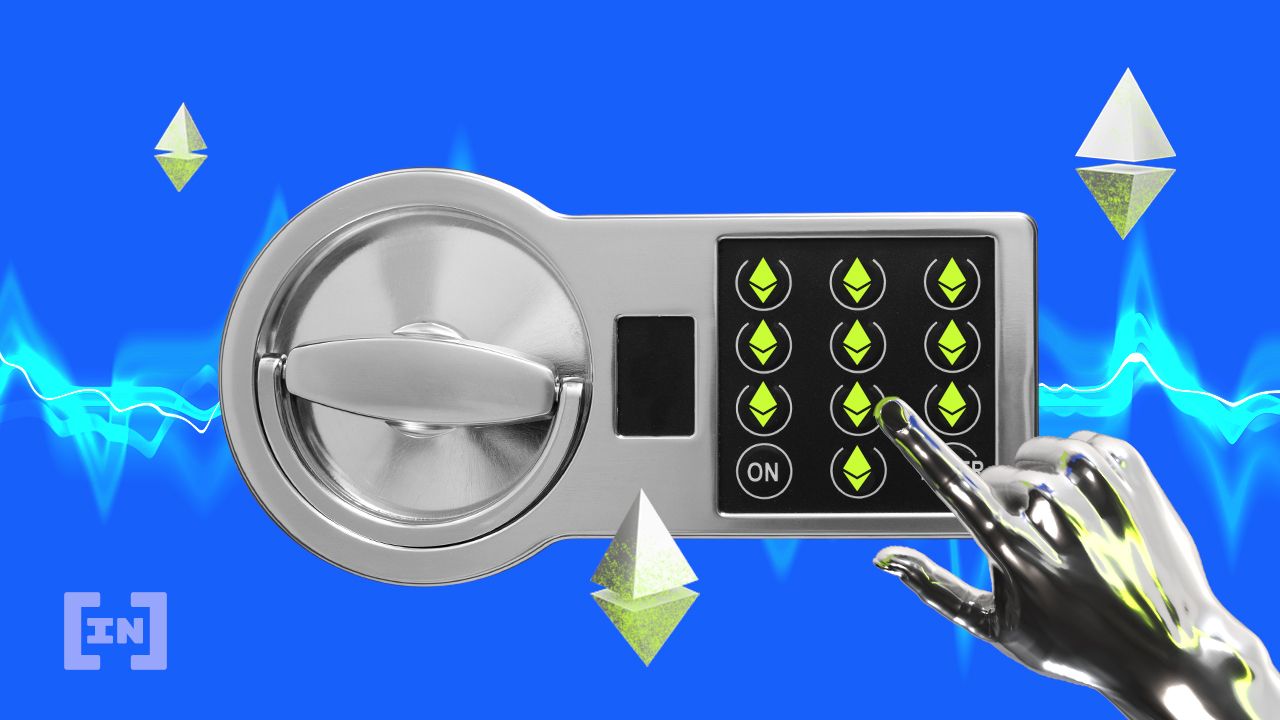
Most analysts are avoiding making predictions and warn against panic during the period of extreme volatility. Still, we have collected a few comments from a few experts to give you a general overview.
Expert opinion by the Stormgain exchange team:
“The price of Ether has been riding high on a positive trend since the announcement of The Merge date in mid-July. One would expect this to continue when The Merge is complete since Ethereum will only become more scalable, more energy efficient, and thus potentially more valuable. But since The Merge is already common knowledge, traders may already be factoring in the new advantages.”
“However, several analysts and notably Vitalik Buterin have insisted that The Merge is not yet ‘priced in’ to Ether. ETH Call options for The Merge period also reportedly dwarf put options in terms of size, another bullish indicator. While nothing is certain, what is generally expected is that there will be much price volatility around the event itself, followed by a sustained increase in value over the long term as the advantages of the upgrade prove themselves.”
What to consider before The Merge?
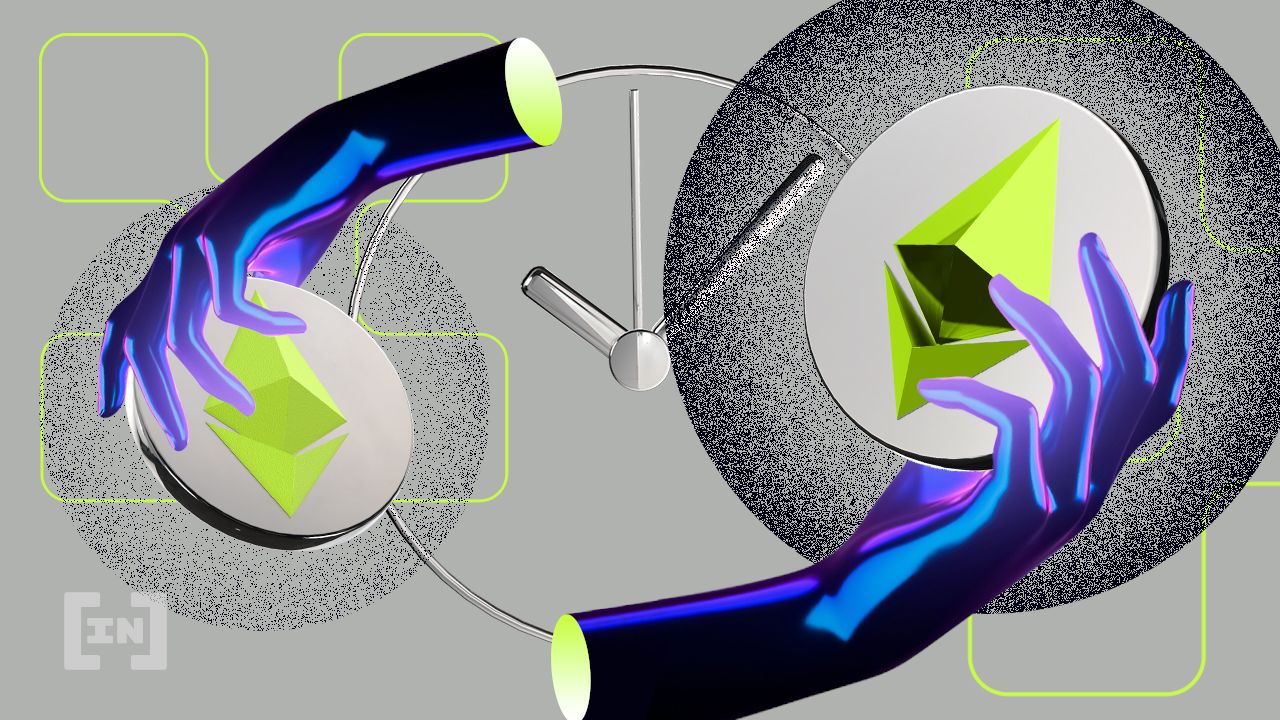
Expert opinion by the Stormgain exchange team:
“The first and easiest option for ETH is to do nothing at all, as no action is required to undergo the upgrade, and existing funds will not be altered.”
Sponsored Sponsored“Secondly, holders should remind themselves of their keys, wallet access, etc., and be ready to trade on the expected volatility during the event itself, should they wish to use at least some of their ETH for speculation.”
“Finally, bearing in mind the first point, they should be hyper-vigilant of any emails or messages asking them to move their ETH or confirm private keys to benefit from the upgrade — the hype around the event may likely inspire many scams!”
Here’s how you can prepare for The Merge
Generally, most exchanges and other platforms have not given any recommendations regarding what to do during The Merge. In fact, they literally advise doing nothing at all. Still, some of them have issued statements regarding precautionary measures and possible scenarios.
For example, Nexo will briefly pause new ETH and ERC-20 token top-ups and withdrawals during The Merge. The platform says it is just a precautionary move to ensure the safety of user funds.
Similarly, OKX Exchange, in their blog, also explained that if no new tokens are created, they will resume ETH and ERC-20 tokens processing as usual. And if new tokens are created, they will be treated as ETH, and the old ones (generated via PoW) will be treated as forked tokens.
Expert opinion by the Stormgain exchange team:
“During The Merge, it may be useful to watch for signs of increased adoption of ETH, or of large movements of funds. The number of unique addresses holding Ether is one such index, as well as the amount of ETH in staking deposits (over 13 million currently). Finally, keep an eye on 24h trading volume to monitor activity during the expected volatile period in early September.”
Expert opinion by the Golang developer Sergey Umarov, Embily team:
“Move funds to a cold wallet before merging, and avoid unnecessary transfers of funds during The Merge. There may be a lot of speculation and false information about The Merge in the media space, so do not panic. Try to be guided only by official information from the community of developers.”
Don’t panic and be watchful
So, as you can see, the jury is still out on the immediate aftereffects of The Merge — especially when it comes to the ETH price. The good thing is that it’s only a matter of a week or so until the big day, so the wait hopefully won’t be too excruciating.
As experts are suggesting, avoid making any hasty emotion-driven decisions even if there are wild price fluctuations after The Merge. Of course, that is not to say that you should avoid leveraging sharp increases in price, if any.
As usual, BeInCrypto will closely monitor the aftereffects of the widely anticipated event and bring you regular updates from the ground up.

